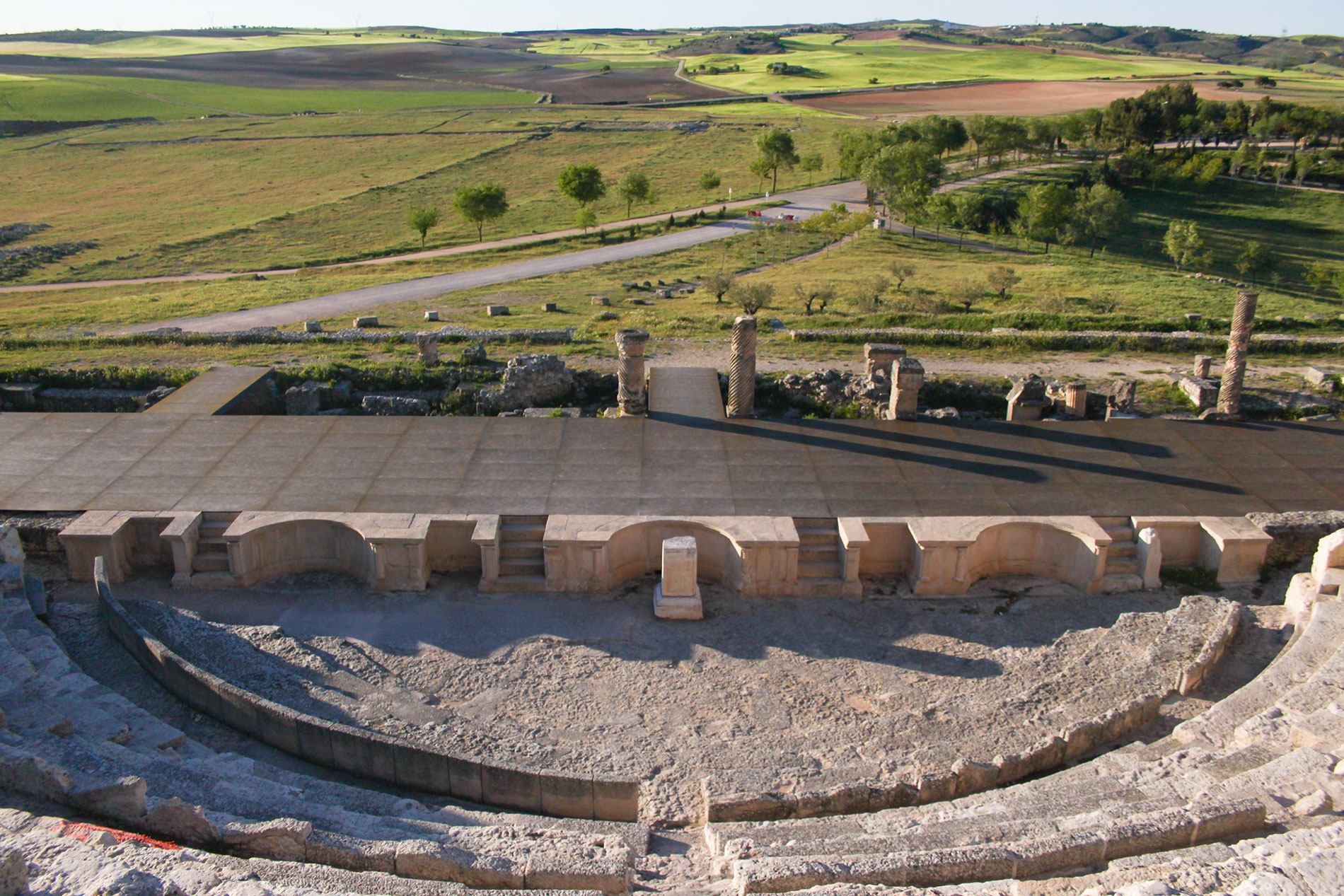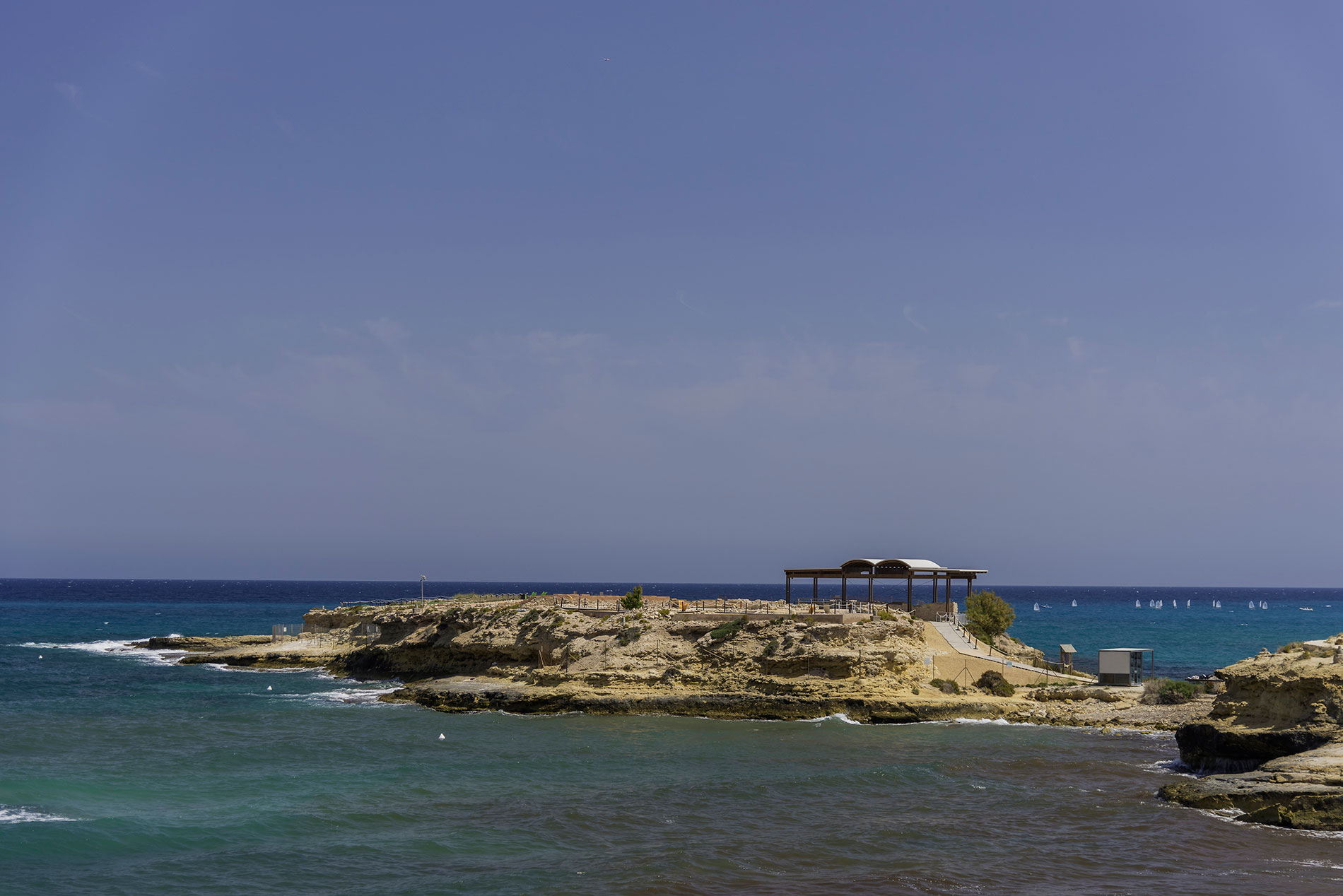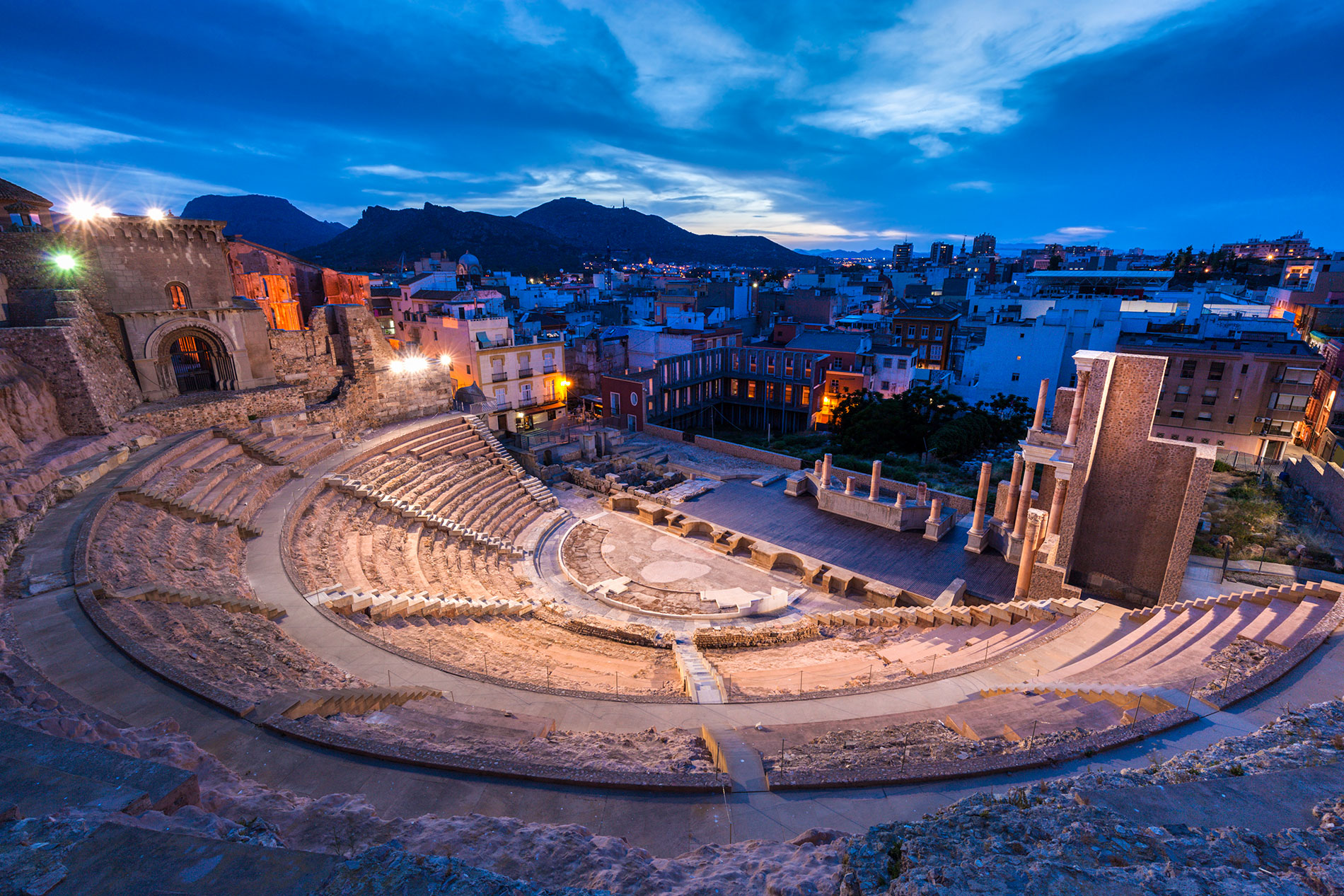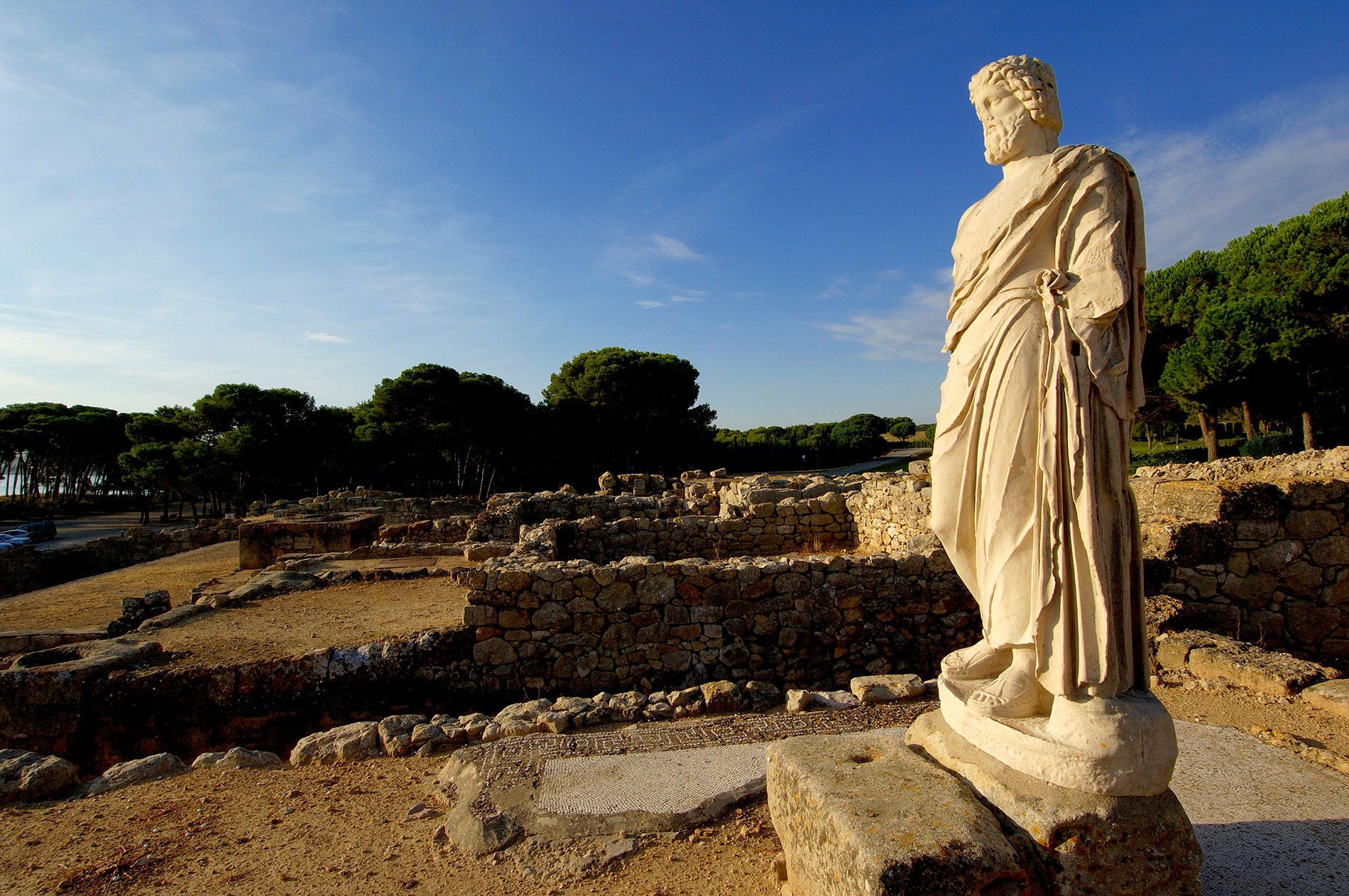Roman mediterranean arc sites
There are many deposits found in the Mediterranean. We will tell you which ones you should not forget to visit and some of their most interesting features.
TRAVELLING WITH TASTE
Share

We are direct heirs of Ancient Rome. It is reflected by our customs, our type of food and our way of facing the present and future. Today we will visit some of the Roman ruins that are preserved in our immediate surroundings and we value the valuable contribution of the Empire to our cuisine.
Segóbriga, Ercávica and Valeria – Cuenca
The ancient city of Segóbriga used to feature an amphitheatre, public baths, markets, temples and even a theatre, being a point of reference in urban life at the time. At present, in this archaeological park you can see many parts of the city, still preserved in good condition, such as the walls and the main gate, the forum, the acropolis, the aqueduct and other elements that help better understand the urban planning of the Empire. This ancient city was also connected to Ercávica and Valeria, both sites of interest, in the same province. In fact, growing grapes and subsequently treating them to turn into wine, deeply rooted in this area, came from Roman times.

La Illeta dels Banyets - Alicante
This curious enclave located in El Campello was originally a peninsula, but the erosion of the waves ended up separating it from the coast to be united again in 1943. Despite not having a large area, this site is one of the most important in the area due to its cultural value, since it has remains from different periods such as the Bronze Age or the Middle Ages, as well as Roman relics. According to the researchers, in Roman times it served as a kind of fish farm, since several rafts carved on the rock and communicated with each other and with the sea through hatches that were opened and closed on an as-needed basis.

Baelo Claudia- Cádiz
The archaeological remains of Baelo Claudia, in Tarifa, are of a very well-preserved old factory-town and very important in its day for its role in the canning and salting industry. During the Empire, preservation techniques were tested and perfected to extend the life of food. For example, brine; canned in vinegar, olive oil or honey; alcoholic or dairy fermentation; or air drying, submerged in boiling water, making sausages, packaging ...

Cartagena Theatre – Murcia
The Roman theatre ofCartagena was built during the reign of César Augusto in the so-called CarthagoNova, and it was not discovereduntil 1988. The emperor wanted to provide the city with a constructiondedicated to popular entertainment, with a capacity for 7,000 people, which was dedicated to Lucius and GaiusCaesar.

Tarragona amphitheatre
This oval-shaped Roman amphitheatre, dug out of the rocky formations of the coastline, was built in the 2nd century AD. With a capacity for 14,000 spectators, who attended the battles of gladiators and wild beasts, centuries later it housed a Visigothic basilica. It is the remains of Tarraco, one of the most important Roman cities in Hispania.

Empúries – Girona
Located in Girona, this Mediterranean settlement was the port of entry for the Roman settlement in the Iberian Peninsula, but it was the ancient Greeks in 575 BC who founded this city in the Gulf of Roses. Strolling through the remains of its streets and buildings, you will discover beautiful Greek and Roman mosaics.







